Getting Retail Electricity Prices Right
Richard L. Sweeney
Spring 2023
Intro
Review: Efficiency of MWTP = MC
Two complications in electricity markets:
What are they?
Recovering fixed costs
Overview of power system
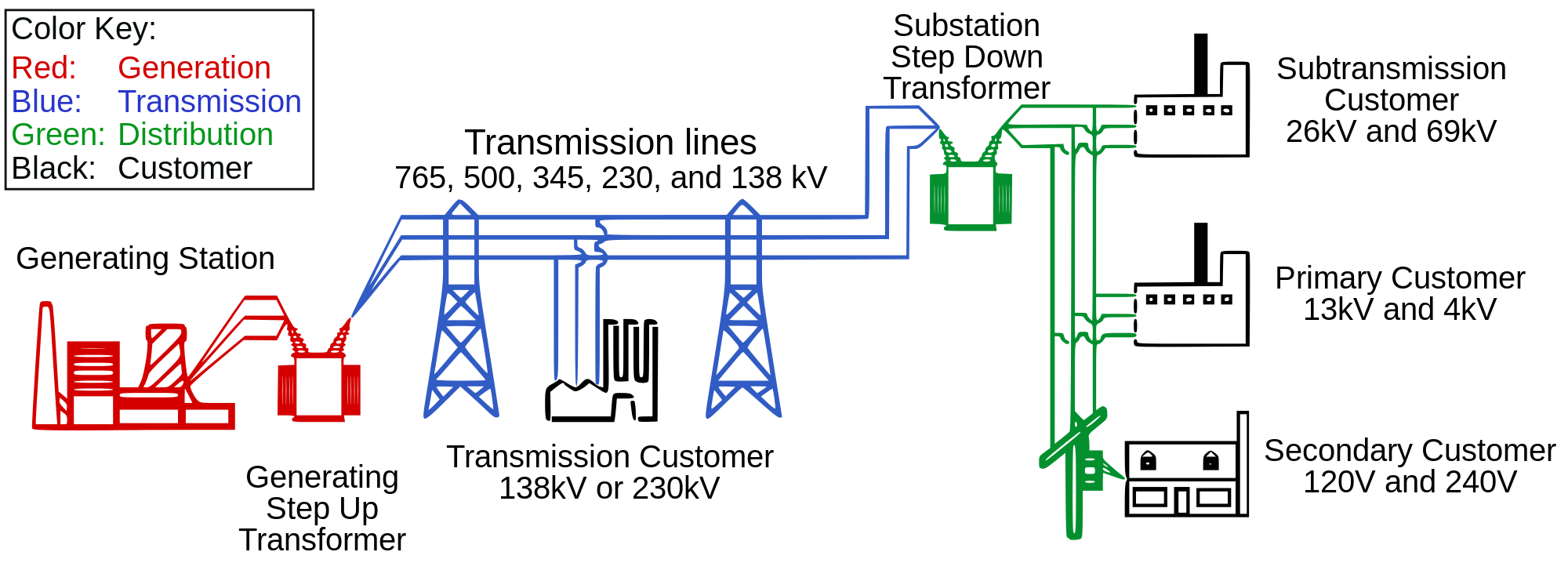
- What are marginal costs here?
- What are fixed costs?
Line losses
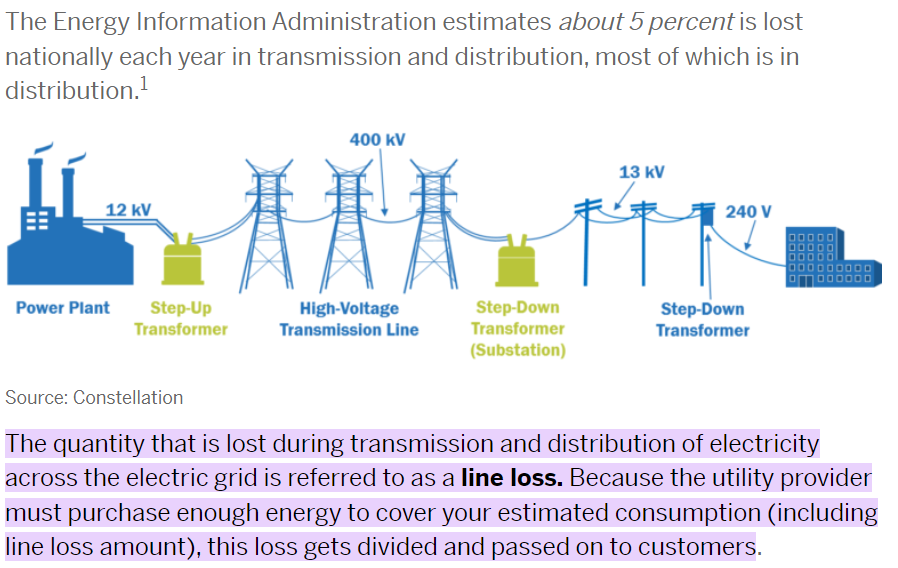
Cost breakdown
Marinal costs:
- cost of production
- scarcity cost if constrained
- line losses
Basically everything else is a fixed cost
Setting Price = MC generates losses
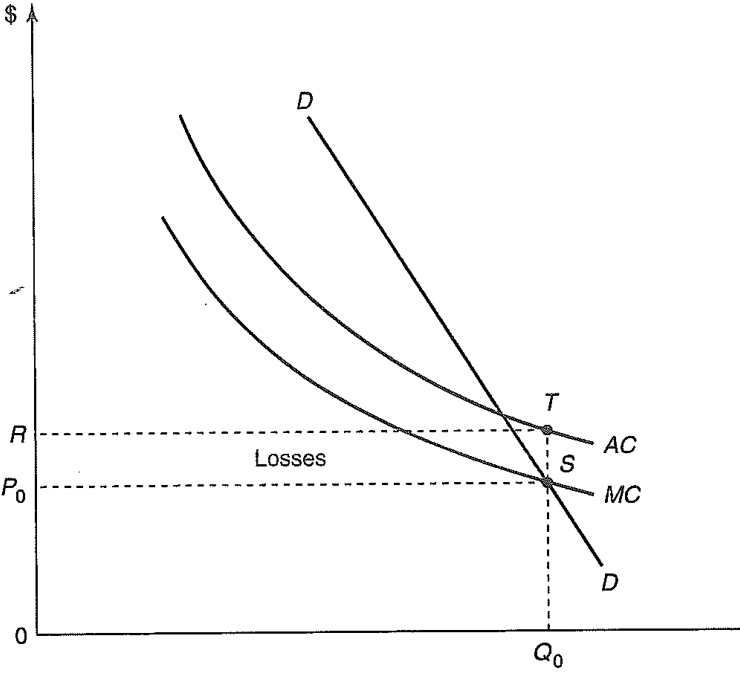
Most plans / utilities recover fixed charges on average
More than half of the marginal price I pay covers non marginal costs.
. . .
This leads to innefficiently low consumption.
Ramsey pricing
If you must raise revenue from marginal pricing, its appealing to target taxes based on elasticity
- What groups do you think are more elastic?
- This is why commercial and industrial consumers often get lower marginal rates: They argue that they will move their business elsewhere.
- What do people think about this?
Theoretical best: Recover fixed costs with fixed charges
- Imagine I had to pay $50 each month just to get any electricity.
- But then only paid the true marginal cost for each kWh.
- That would restore efficiency on the margin, and avoid structural losses.
What are some concerns with this?
Problems with fixed charges
- Some consumers might leave the market
- ie if I get less then $50 surplus
- Not equitable
- Why should customers who use very little electricity pay an equal share of the system costs?
- Income concerns, conditional on usage
Fixed charge can be seen as very inefficient price for the first unit

Decreasing block prices rarely observed. But increasing prices often are
Example from SoCal Gas & Electric.
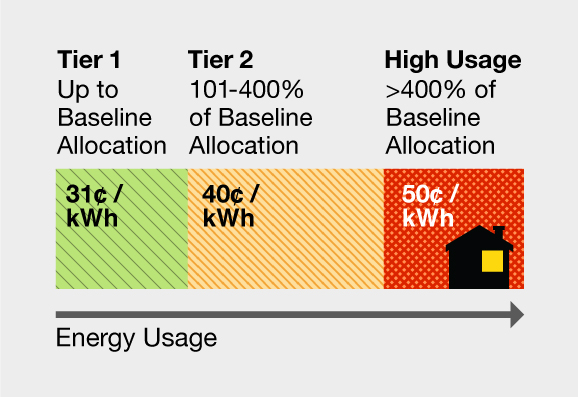
Why do you think some utilities setup prices this way?
What about a minimum bill?
A minimum bill is a combination of a fixed charge and a certain quantity of free electricity.
- Example:
- P = $0.10/ kWh
- min bill = $8/ month
- Identical to a fixed charge of $8 per month plus receiving the first 80 kWh for free.
- What are some concerns with this?
Problem with min bills
Problem: Until you hit the min, you have zero mc of consumption.
But marginal costs are not zero!
External costs
Previous section just considered private marginal costs.
- Electricity production causes large social costs (on the margin) as well.
- Local air pollution: PM, ozone, etc
- Climate externality: C02
- Since these are generally unpriced, all else equal, consumer prices are too low
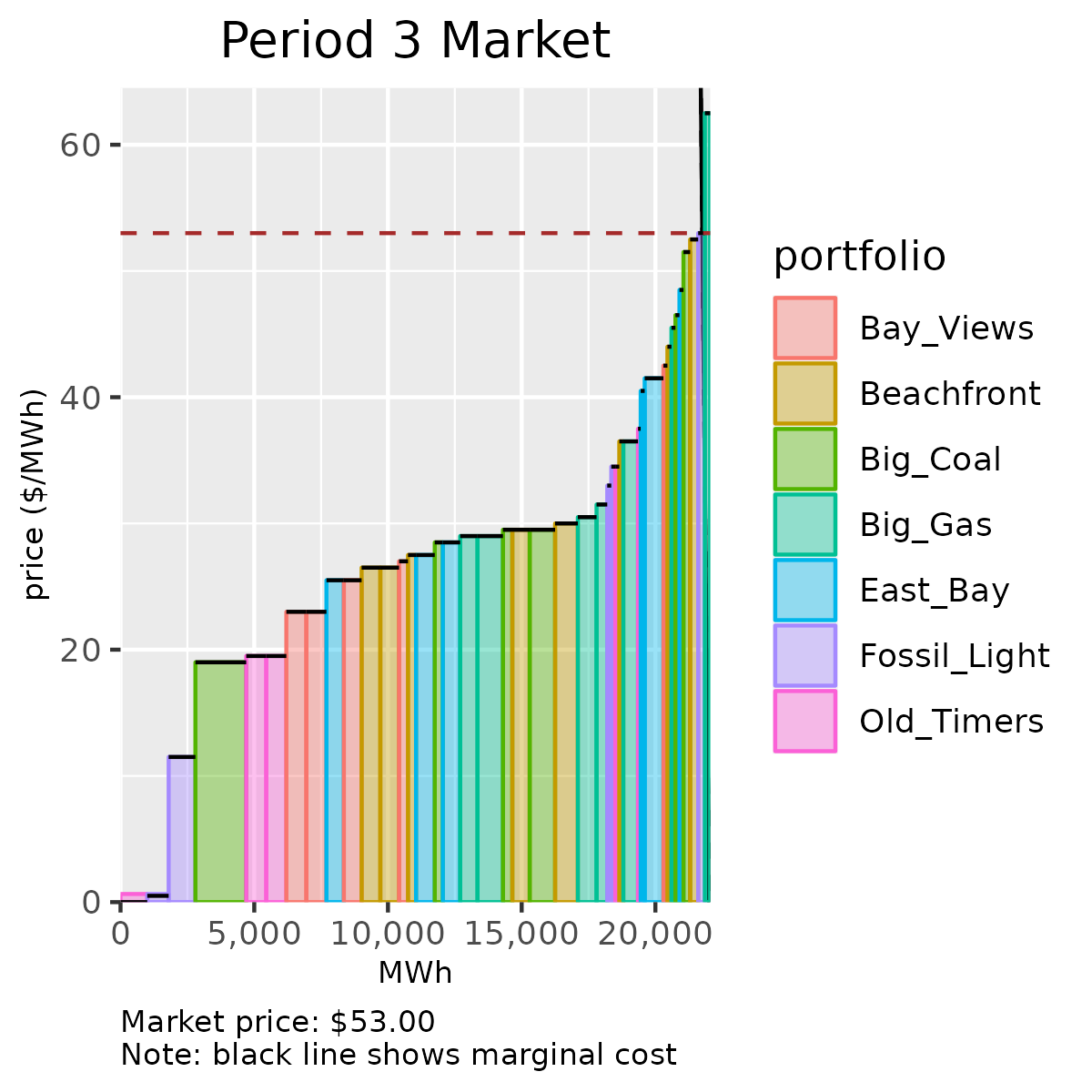
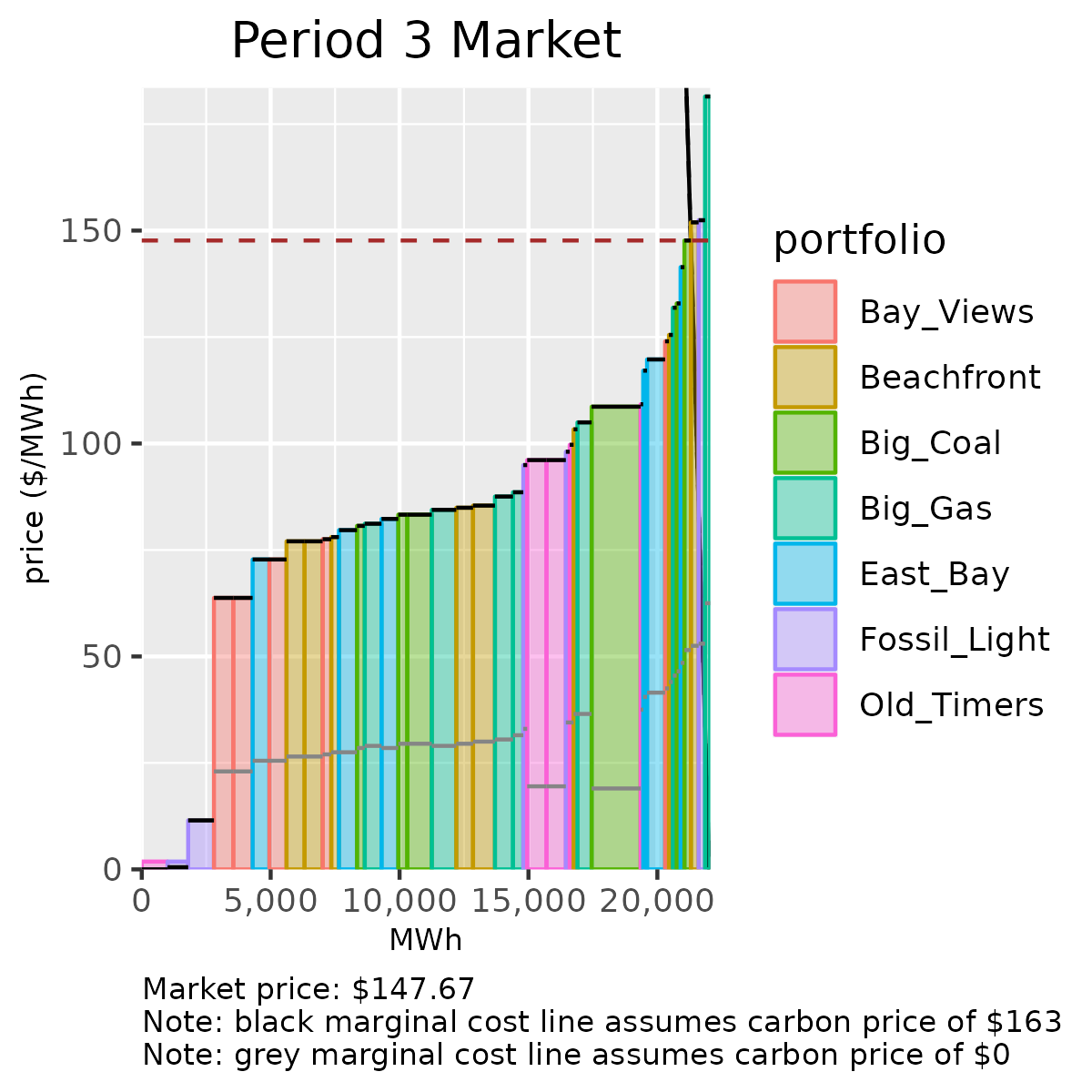
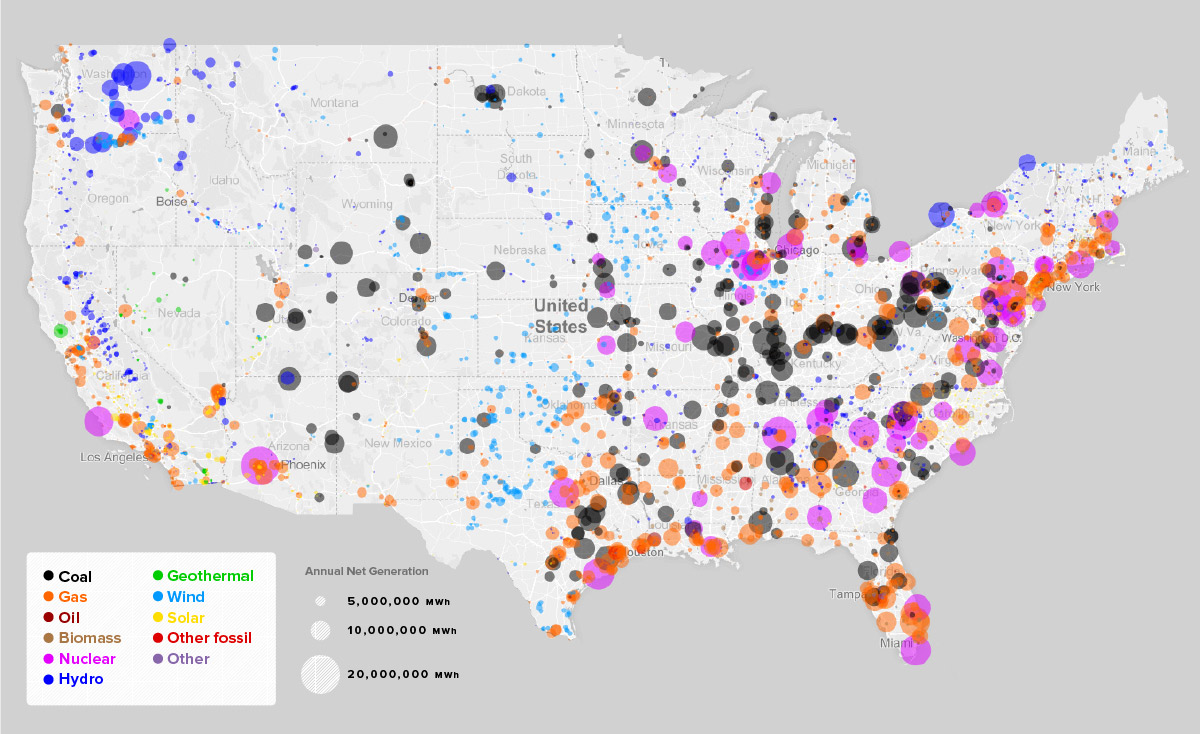
Evidence
Are prices too low? Too high?
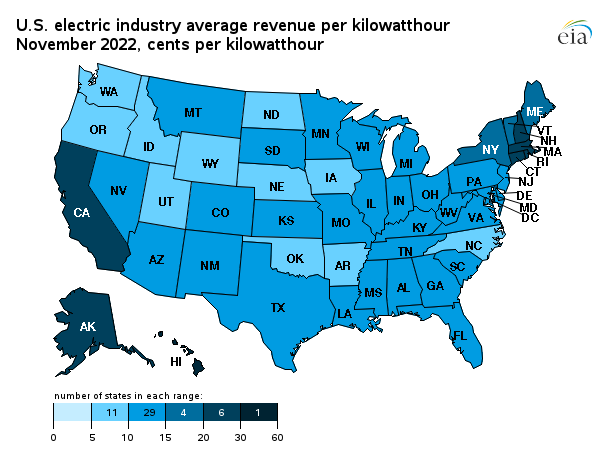
Borenstein and Bushnell (2022): Both
B&B look at data from 2014-2016
Summarize wholesale prices at NERC region
Avg wholesale prices much lower than avg retail rates
Avg line losses \(\sim\) 7%; Marginal losses are larger
Estimating external costs
- For each of the four major pollutants from electricity generation (CO2, SO2, NOx, and PM2.5), create a variable that is total emissions damages by hour of the three-year sample for each of the nine regions, incorporating the operations of each fossil fuel power plant and the damages associated with emissions from each plant
- To map local damages to money, use a widely used model (AP3)
- Assume social cost of carbon of $50/ton
- This is too low now
- Run hourly regressions to translate these average emissions into marginal costs associate with consumption in each utlity.
- on average prices are too high (\(\sim\) 8%)
- but in many places they are far too low
Four Fundamental Goals of Rate Design
(from Severin Borenstein)
- Economic Efficiency of Consumption: encouraging additional usage when – and only when – it is valued more than the full additional cost to society
- Equity: distributing costs among customers in a way that is consistent with societal views of fairness
- Ensuring Access: creating rates that ensure that all members of society are able to consume quantities necessary for basic needs
- Cost Recovery: allowing suppliers to recover costs, including the opportunity cost of capital